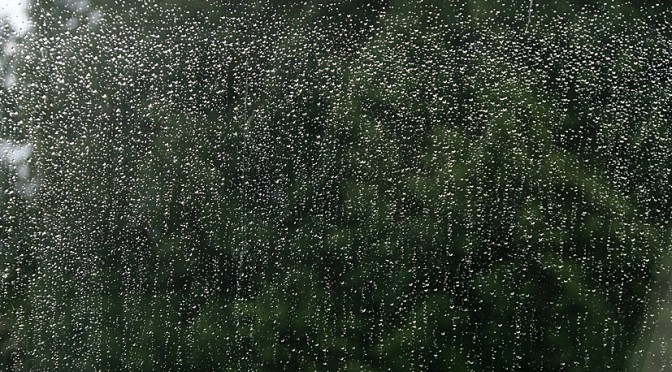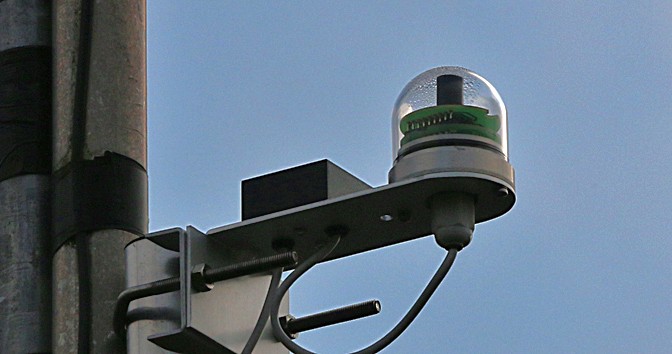At dawn the thermometer dropped to -1.0C, which was the coldest May night since 12th May 2010.
The record lowest temperature for May was set in 1984 with a minimum of -3.5C.
At dawn the thermometer dropped to -1.0C, which was the coldest May night since 12th May 2010.
The record lowest temperature for May was set in 1984 with a minimum of -3.5C.
April produced a variety of weather from a continuous dry spell of twelve days to three days with substantial rainfall. The total precipitation was 83.6mm being 138% of the long-term average. The wettest day was the 25th when 20.1mm was recorded.
It was a warm month with the mean 1.4C above the long-term average, which was principally due to warmer nights resulting from much cloud cover retaining warmth from the daytime. There was only one air frost when the thermometer dropped to -1.6C. around daybreak on the 19th.
Because of the cloud cover the solar energy total was 86% of the long-term average and global sunshine amounted to 265 hours, which is 30 hours less than the figure for April 2013. Direct sunshine totals for the end of the month were depressingly low, except for 12.9 hours on the 16th. No measurable direct sunshine was recorded on the 20th, 22nd and 25th.
The last week was notable for the light winds except for the strongest gust of 34mph on the 26th.

The total rainfall amount for the 24 hours to 0800 today was 20.1mm. This is the highest daily amount since 14th February and brings the total for the month to 55.9mm, which is 92% of the 30-year average. The thermometer struggled to a maximum of only 10.7 C. as weak sunshine broke through in the late evening. The 30-year average is 13.7C. With constant rain for almost 10 hours during daylight hours it is not surprising that no sunshine registered for this period.

It was suggested that I write a book on ‘How to Set up a Weather Station’. This book has now been added to the website. The book is an accumulation of my experience as an amateur, for over 30 years in Marlborough, during which time the equipment has been upgraded from manual to automatic and new instruments installed as money became available. Throughout this time new knowledge has been obtained and contacts made. I hope the contents might instil an interest with this fascinating hobby, which is also very topical, so that it might enable others to start a station, even if funds are limited.

Previously in the Daily Statistics section there have been values for ‘Bright Sunshine’ which is calculated globally. This is a measure of sunshine as calculated from the weather station’s solar sensor and receives radiation direct from the sun and also reflected amounts from cloud and sky, the “all sky solar radiation. Small amounts are received even when cloud is present and the sun is hidden. These figures provide the best relationship between solar pv panel output on a daily basis. The data has a threshold of 100W/m2
A new dedicated Sun Duration Sensor has been installed which records Direct Sunshine using a pyrheliometer. An additional column has been added to the Daily Statistic page, with a yellow heading to the column. The data has a threshold of 120W/m2 as defined by the World Meteorological Office definition of sunshine.